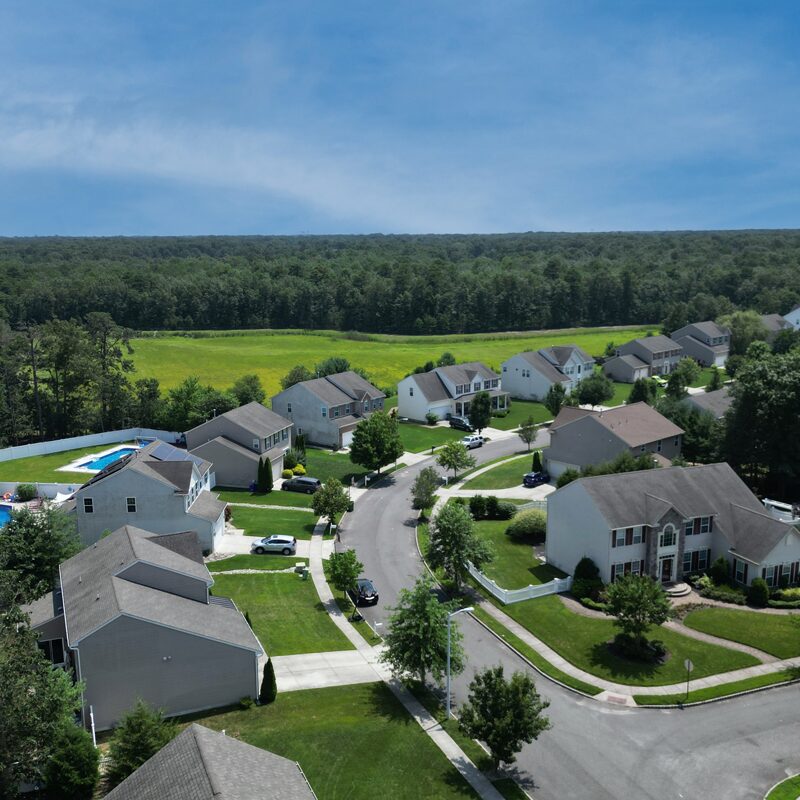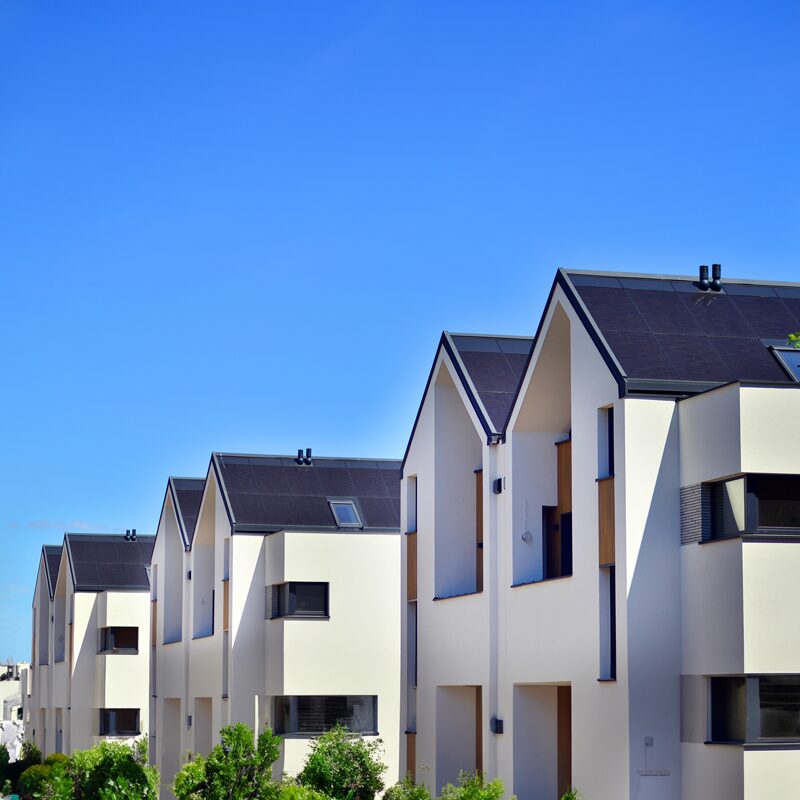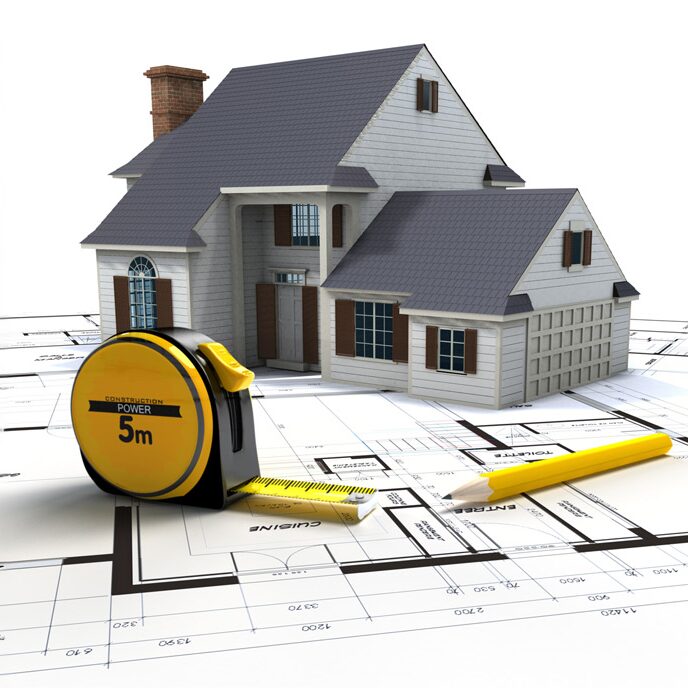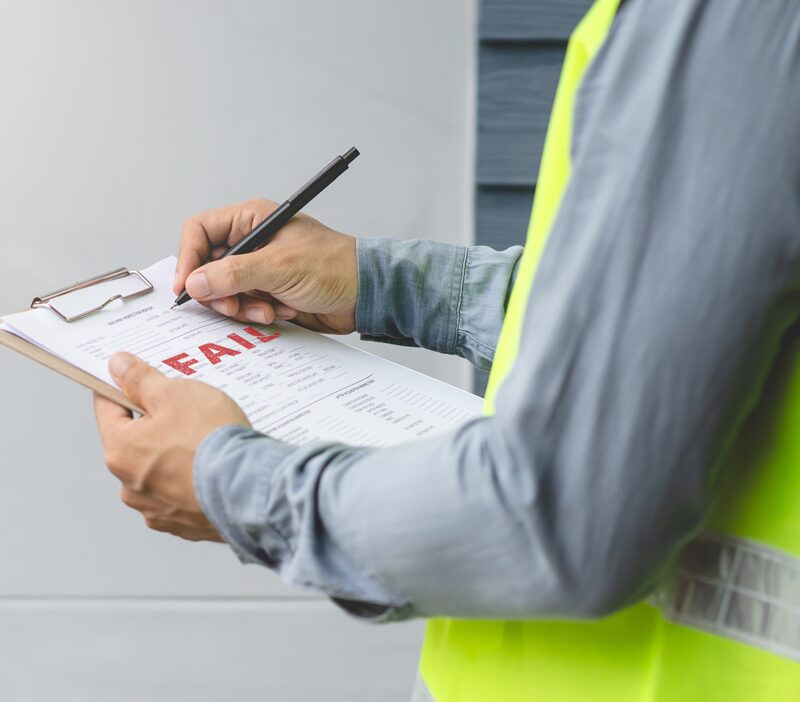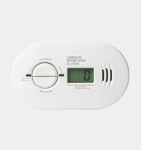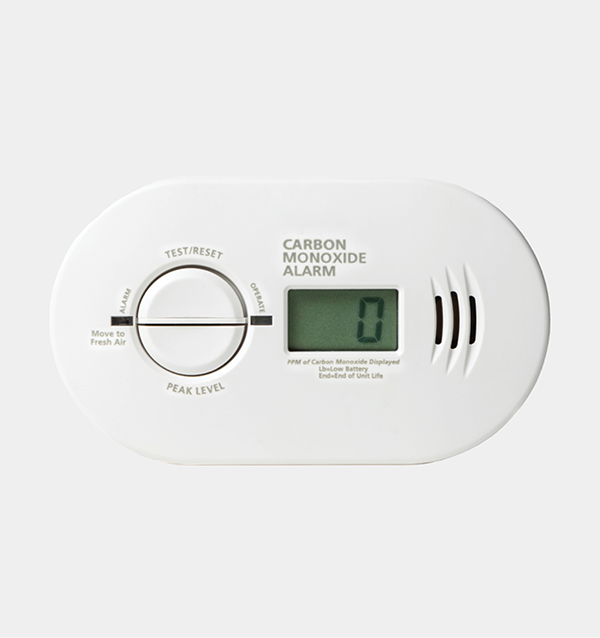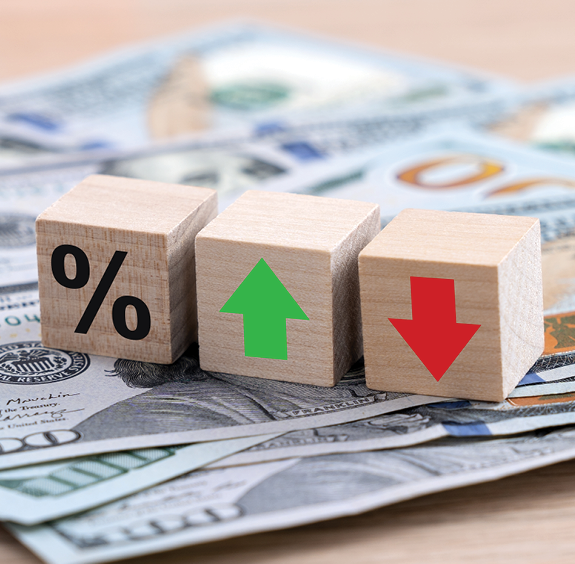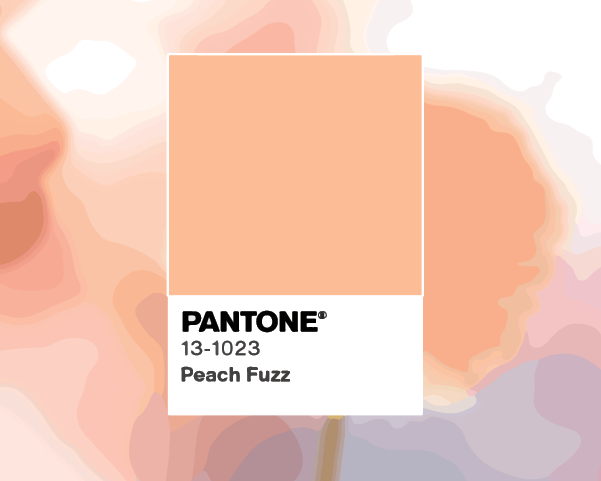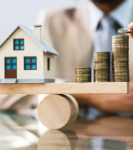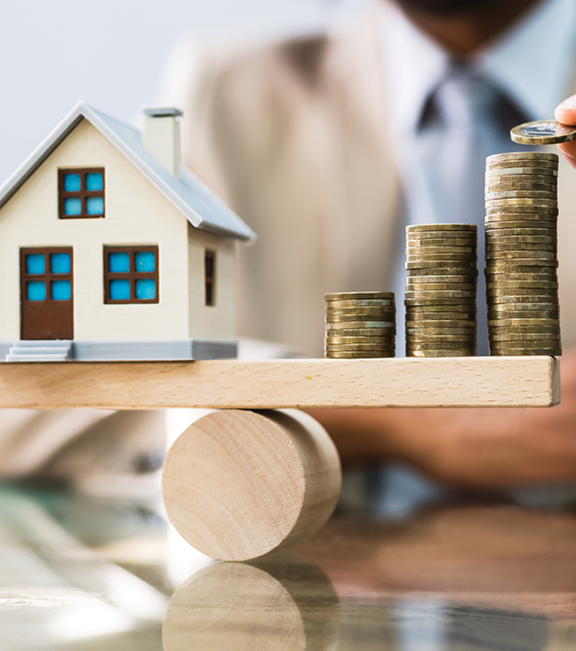What is a Loan Estimate?


When you apply for a mortgage loan, you’ll receive a standardized form called a loan estimate within three working days. The purpose is to give you the opportunity to compare multiple offers from lenders and to negotiate terms where applicable. Once you choose a lender, this pre-approval allows you to shop for a home with confidence, but keep in mind that the loan estimate is not a final approval, nor does it mean you’re locked into the loan.
A loan estimate is exactly that—an estimate of the interest rate, monthly mortgage payments, fees, closing costs and the cash needed to close. The reason that the estimate isn’t final is that things change. The loan can’t go through the lender’s underwriting until you’ve put a contract on a home with a closing date. Underwriting examines your credit more thoroughly and ensures that the home you’re buying, the loan and its terms meet government lending guidelines.
Once approved, your lender will prepare your final closing documents three days before close of escrow.




